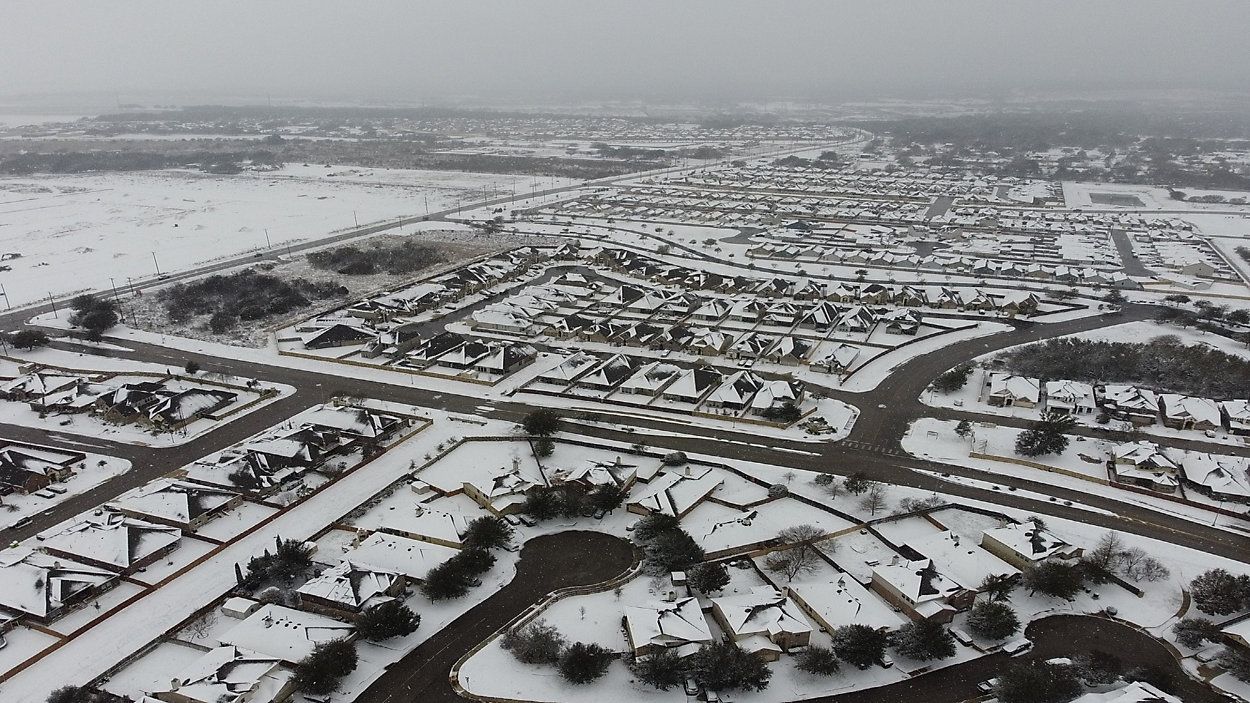TEXAS — Texas has increased the number of deaths attributed to the devastating February 2021 winter storm to 246. That’s up 36 deaths from the earlier total of 210.
Many homes went without power or drinkable water for days after subfreezing temperatures, failing power plants and record demand for heat pushed Texas’ electric grid to the breaking point.
The disaster launched a congressional investigation and led to the ouster of the head of the state’s embattled electric grid, the Electric Reliability Council of Texas.
The deaths, according to the Texas Department of State Health Services, involved Texans between the ages of 1 and 102 and spanned 77 counties.
The majority of the deaths involved prolonged exposure to extreme cold, with 158 attributed to hypothermia and three to frostbite. Other causes of death included exacerbation of pre-existing conditions, such as disruption to dialysis treatment, oxygen treatment and hospice care, as well as hazardous road conditions. A total 22 deaths were attributed to vehicle accidents.
A total 10 deaths were attributed to fire-related injuries that occurred when Texans attempted to use alternative heat sources. Nine deaths were attributed to trauma or fractures sustained during falls, slips on ice and one fall through ice resulting in drowning.
Nineteen deaths were attributed to carbon monoxide poisoning.
Harris County, Texas’ largest county, reported the most deaths at 43. That’s followed by Travis County at 28 and Dallas County at 22. Bexar County reported 16 deaths.
ERCOT last week reported that following inspections the state’s electric generation fleet is ready to go for the winter. However, while power plants and electricity providers are being required to winterize, energy experts say the same isn’t true for natural gas facilities, which are overseen by the Railroad Commission.
The Railroad Commission recently passed a rule requiring essential natural gas facilities to register as “critical infrastructure” so they won't be impacted by rolling blackouts in severe weather.
But that doesn’t currently include any weatherization requirements, and won’t, until officials have completed a map of the natural gas supply chain.
The Associated Press contributed to this report.



